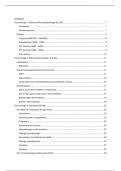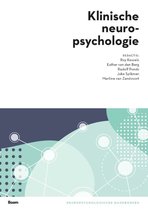College aantekeningen
Aantekeningen Klinische Neuropsychologie deeltentamen 1 - UvA - Psychobiologie
In dit document vind je de uitgebreide aantekeningen van de hoorcolleges.
De Nederlandse colleges hebben Nederlandse aantekeningen en de Engelse colleges hebben Engelse aantekeningen.
[Meer zien]
Voorbeeld 8 van de 126 pagina's
Geupload op
24 september 2024
Aantal pagina's
126
Geschreven in
2024/2025
Type
College aantekeningen
Docent(en)
Erwin van vliet, joe bathelt
Bevat
Deeltentamen 1: college 1 t/m 11
€4,99
100% tevredenheidsgarantie
Direct beschikbaar na betaling
Zowel online als in PDF
Je zit nergens aan vast
Inhoud






